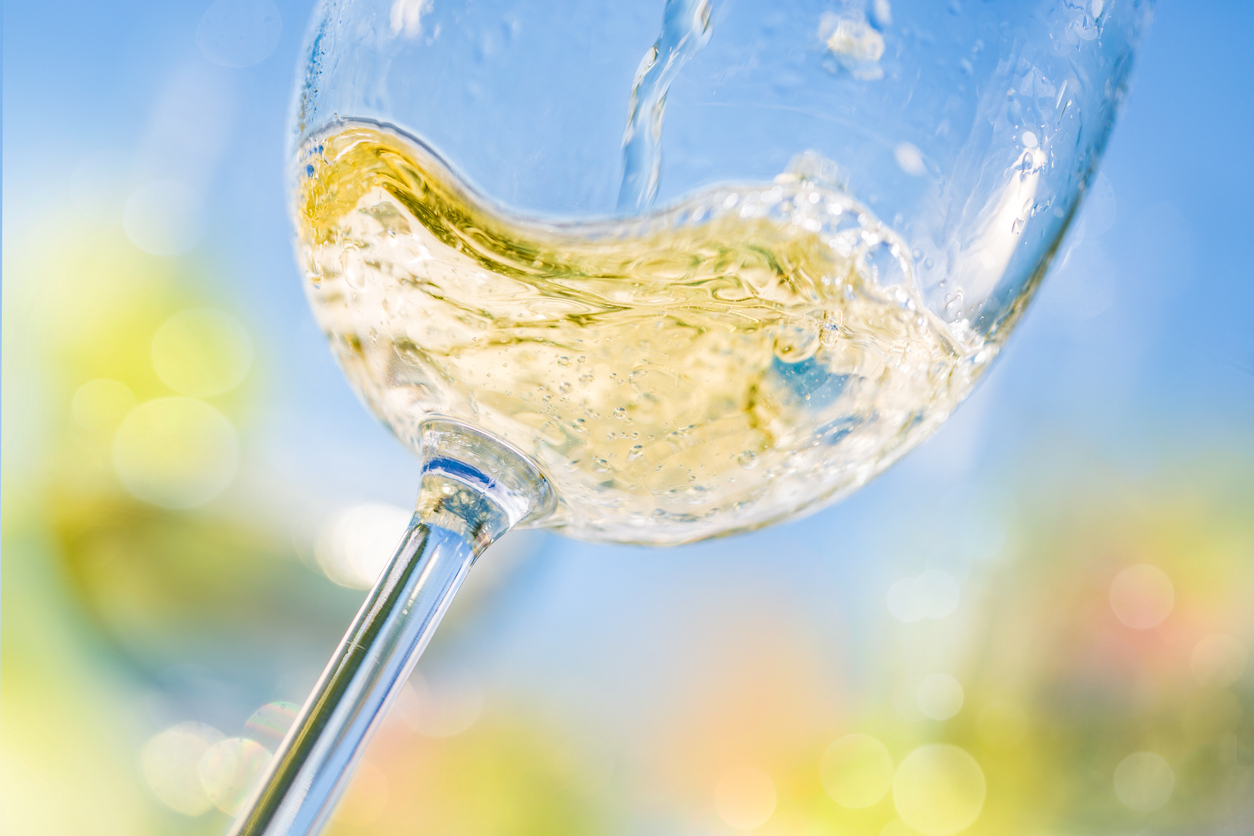
A Chardonnay for Every Palate!
When we hear people say, “anything but chardonnay!” it tells us one thing—you just haven’t found the right chardonnay for your palate. It’s all about finding out what style of chardonnay you like and knowing how to find it.
Chardonnay is called the winemaker’s grape for a reason! There are just as many expressions of chardonnay as there are people who make them—and they’re each so very different, you’d be hard-pressed to make a blanket statement that represents them all.
There are two main styles of chardonnay:
Oaked Chardonnay
Oaked chardonnay is either barrel-fermented or barrel-aged or both. Within the oaked category, there are many variabilities. Oak lends certain flavors, but it depends on a few things, such as how old the barrels are, where the oak comes from, and how long the wine stayed in the barrel.
Typically, the newer the barrel, the more oak flavors and aromas (extract) you’ll get. Every year the barrels produce less extract until they become completely neutral. Neutral barrels still affect the mouthfeel, though, giving it a soft, round, and full-bodied feeling on the palate.
- French Oak is all vanilla and subtle spicy notes, but depending on the “toast” of the barrel, the wines can also be quite smoky and toasty.
- American Oak is a little less subtle and lends flavors and aromas of coconut, cream soda, and vanilla.
- Barrel-fermented chardonnays are rich and creamy with pronounced aromas of fresh bread, yeast, and vanilla. After long aging in barrel, they will tend towards butterscotch, brown sugar, and caramel.
Of course, barrels are quite expensive, so if your chardonnay is $15 or less, there’s little chance it’s actually seen the inside of a barrel. To get similar flavors at a lower cost, winemakers use oak chips, staves, or granulated oak instead, but the result is not nearly as elegant, rich, or enticing.
Unoaked Chardonnay
When a chardonnay is unoaked, it won’t have the same characteristics as an oaked example. However, there is still great variability in style and quality. From a winemaking standpoint, it all hinges on a thing called malolactic fermentation (malo).
Malolactic is a secondary fermentation that converts malic acid (which is very harsh and tangy) to lactic acid (which is softer and lends a creamy texture and flavors). Winemakers might choose full malolactic if they want a wine with bigger mouthfeel, or they might blend it with non-malo wine to give it a little extra acidity.
Non-malo chardonnay is often quite uninteresting and sometimes a little tart with lemony citrus notes. Once the wine goes through malo, those flavors will change to lemon curd, churned butter, and honeydew melon. Examples of full-malo unoaked chardonnays are anything from the Chablis region of France or the very popular Kim Crawford unoaked chardonnay from New Zealand.
Chardonnay Around The World
Just about all winemaking regions make chardonnay. In terms of style from country to country, expect to see full-bodied, higher-alcohol examples from hotter climates, like California, Argentina, and Australia. In France and other old-world growing regions, even the oaked versions are more steely, acidic, and have lower alcohol due to the cooler climate.
That’s not to say you can’t find big, buttery chardonnays in France, but you’ll pay dearly for them. A top Grand Cru Burgundy, for example, might run you hundreds or even thousands for a single bottle.
Intrigued? That’s just the tip of the iceberg where chardonnay is concerned! Are you ready to discover the world of chardonnay? Sign up for a wine club subscription today!


